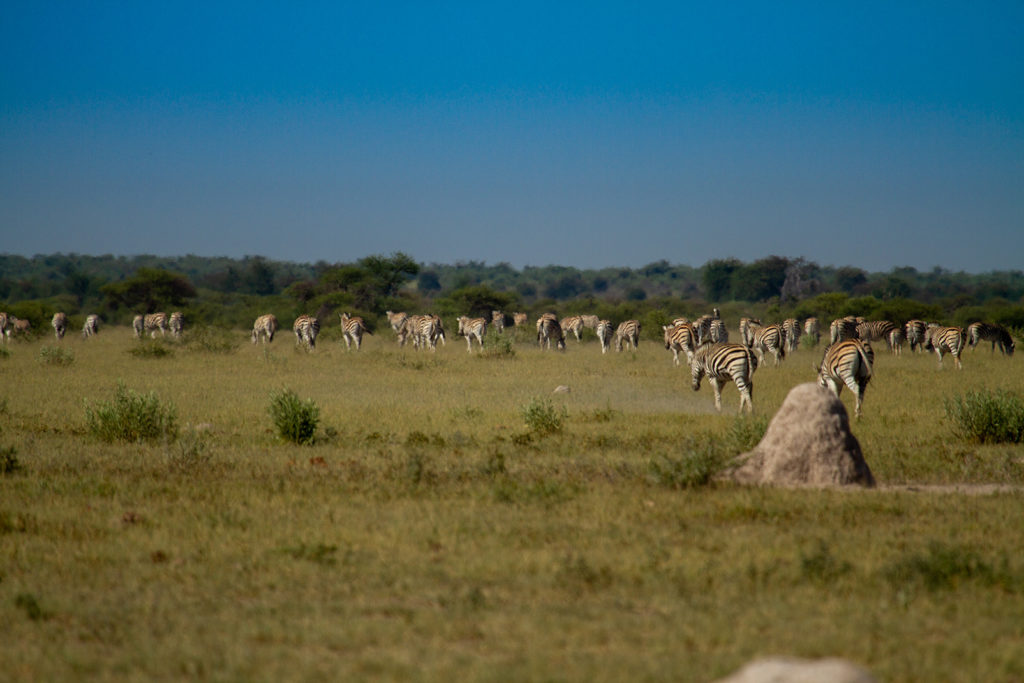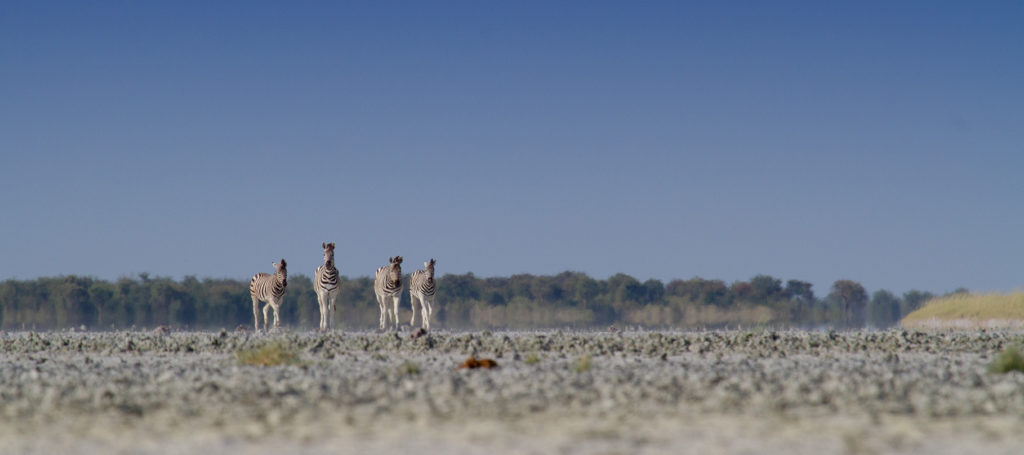- Our Story
About us
Bush blog
- Safaris
- Camps & Lodges
- Destinations
- Specials
- Our Foundation
- Get in Touch
Contact
International +27 21 701 0270 UK +0800 0418 187 US +1(888) 3441126 contact@africanbushcamps.comTalk to a Safari Expert
BOOK A CALL
The Zebra Migration refers to the annual migration of plains zebras in Africa. This migration typically occurs between the months of May and October, and involves large herds of zebras traveling in search of food and water. The exact route and timing of the migration can vary depending on factors such as rainfall and the availability of resources. The migration can cover hundreds of miles and is one of the longest and largest mammal migrations in the world.

The migration happens as a result of seasonal changes in the availability of food and water. During the dry seasons, water sources dry up and grazing land becomes scarce, so zebras must move to new areas to find sustenance. The migration also allows them to avoid predators, parasites and other hazards. They migrate in large herds as safety in numbers, and also to increase their chances of finding food and water.
Botswana has two distinct seasons – the dry season and the wet season. The dry season typically runs from May to October, while the wet season runs from November to April.
During the dry season, water sources in Botswana become scarce, and the grass becomes dry and brown. This makes it difficult for herbivores like zebras to find food and water, as well as making them more vulnerable to predators. As a result, many zebras migrate to find better grazing and water sources. One of the most famous migrations in Botswana is the zebra migration that occurs in the Makgadikgadi Pans National Park.

The zebra migration in Makgadikgadi Pans is driven by the arrival of the rainy season. As the rains start to fall in November, the grasses and waterholes in the park begin to rejuvenate. This attracts large herds of zebras, as well as other herbivores like wildebeest and giraffes. The herds will stay in the park until the end of the wet season in April, when the grasses start to dry out again.
During the migration, zebras travel long distances in search of food and water. The migration is also important for their survival as it helps to reduce competition for resources within the park. The large herds of zebras are also an important food source for predators like lions and hyenas.
The dry and wet seasons in Botswana have a significant impact on the movements of wildlife, including zebras. The zebra migration in Makgadikgadi Pans is a spectacular example of how wildlife adapts to the changing seasons and highlights the importance of conserving natural habitats for these incredible animals.
The zebra migration in Serengeti National Park, Tanzania typically takes place between June and August and is one of the largest mammal migrations in the world. The highlight of the migration is the herd of thousands of zebras and wildebeests moving in search of food and water, crossing rivers and facing challenges from predators such as crocodiles.
The zebra migration also passes through parts of Botswana, specifically the Makgadikgadi and Nxai Pan National Parks. The migration route changes from year to year, depending on the availability of food and water, but it often includes areas in both Tanzania and Botswana.
During the extended dry season from May to November, zebras seek refuge in the northern wetlands of Botswana, where they can easily access the abundant water of the rivers. As the dry season winds down, the zebras instinctively begin to trek towards the south, tracing the same age-old migration routes that their ancestors have followed for thousands of years.

Navigating through the storm-ridden savannas of the Kalahari Desert, the zebras head south in search of more fertile grazing lands. They eventually arrive at the colossal Makgadikgadi Salt Pans, which, during the dry season, are desolate and deprived of life, but during the rainy season, become a thriving hub of vegetation. Here, the zebras spend the remainder of the rainy season before embarking on their return journey, making their way back to the northern deltas by the onset of the next dry season.
Starting from the end of November and the beginning of December, the zebras commence their long journey from the north to the interior of the Kalahari Desert, which continues until January when they reach the Makgadikgadi salt pans. They spend the rest of the rainy season here before embarking on their journey back to the north in March, ensuring they make it back in time for the dry season that starts afresh in April and May.
The Zebra Migration, often referred to as Botswana’s Zebra Migration, is an annual movement of zebras between Botswana’s Okavango Delta and Makgadikgadi Pans National Park. It’s known as the longest land migration in Africa.
The migration generally starts around November or December with the beginning of the rainy season in the Okavango Delta. The zebras then move southeast to Makgadikgadi Pans. Around March or April, as the pans start to dry up, they return to the Okavango Delta.
The zebras migrate in search of food and water. The Okavango Delta floods during the rainy season, forcing the zebras to move to Makgadikgadi Pans, where the water accumulates and the grass is plentiful. When the pans start to dry, they return to the Okavango Delta.
The zebras cover a distance of approximately 500 kilometers (311 miles) one way during this migration, making it the longest land migration in Africa.
No, not all zebras participate in the migration. Some populations of zebras in these regions are resident year-round and do not migrate.
Zebras face various risks during their migration, including predators like lions and hyenas, exhaustion, and potential scarcity of food and water. They also need to navigate natural obstacles, such as rivers.
Yes, it is possible to witness the migration. Many safari operators in Botswana offer tours during the migration period. However, the timing can vary based on factors like rainfall, so it’s advisable to check with a reputable tour operator for the most accurate information.
Scientists are using techniques like GPS tracking to gather more data on the zebras’ exact routes and the environmental factors influencing their migration. This research helps us understand the zebras’ needs and how best to conserve their populations.